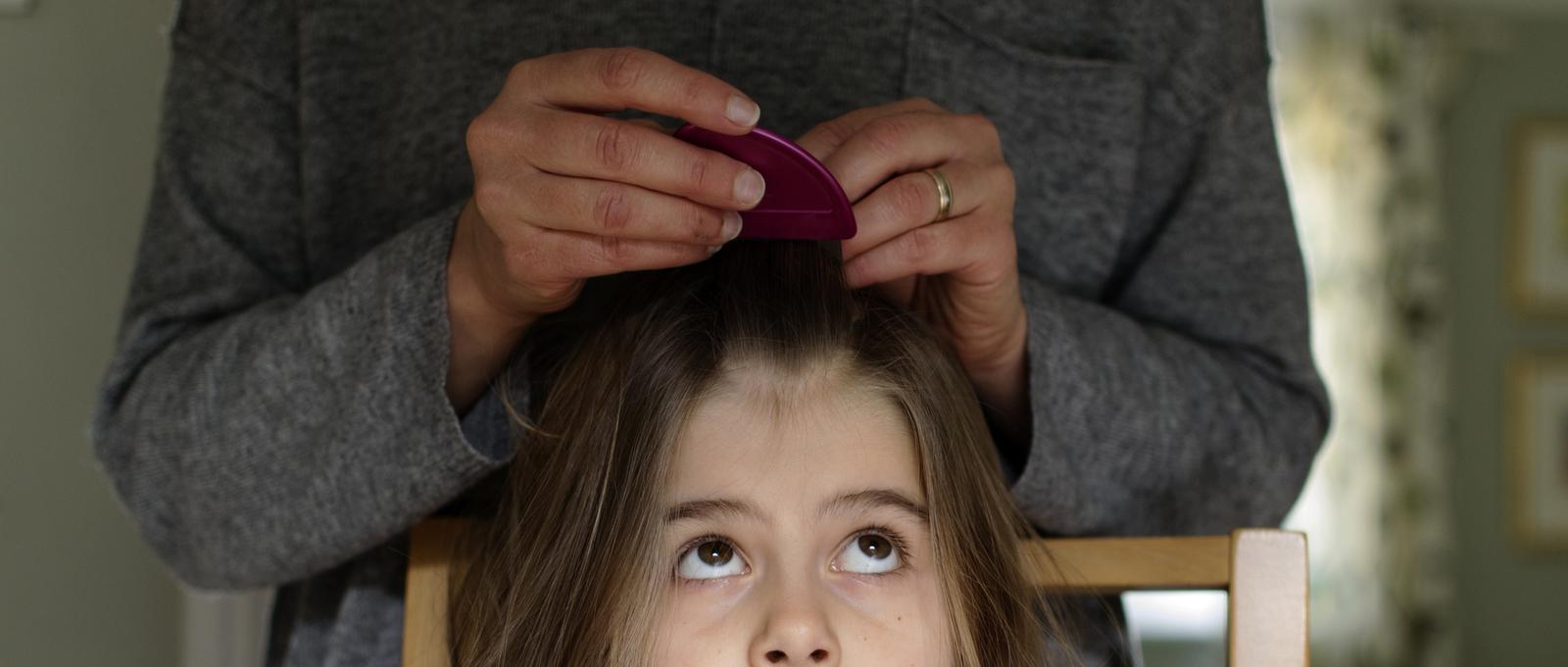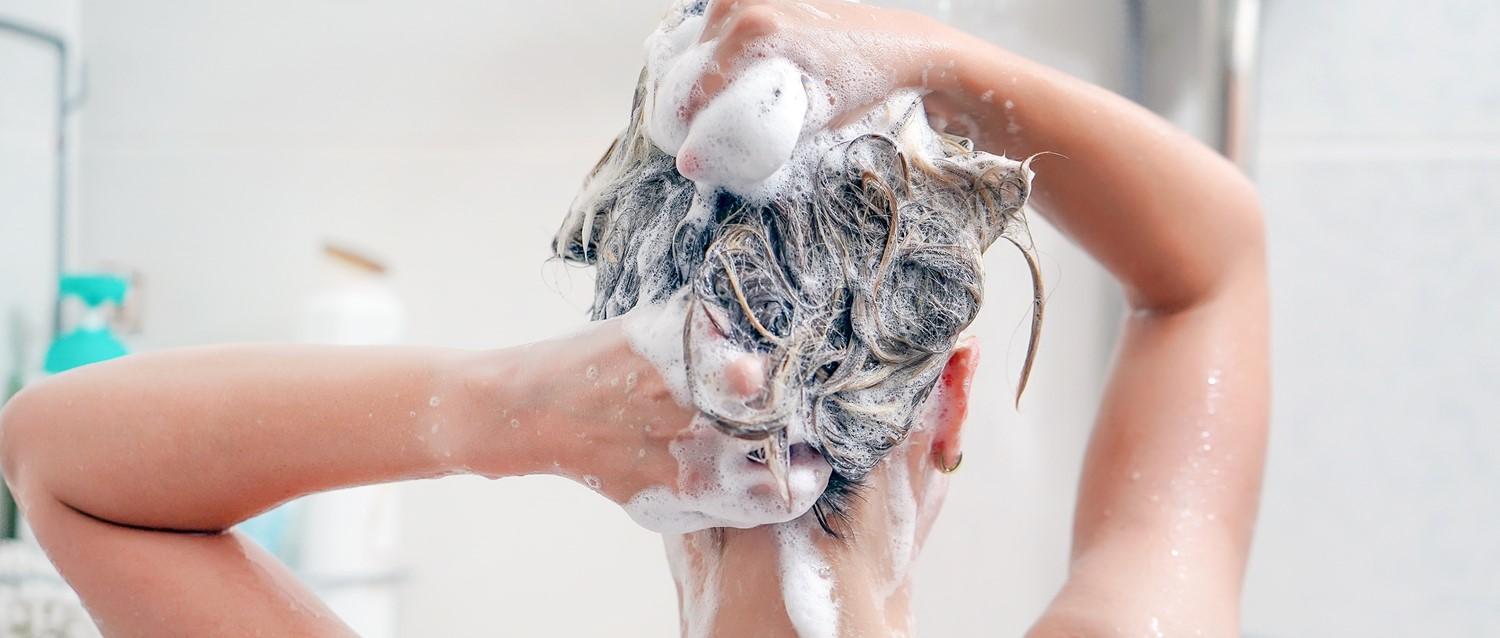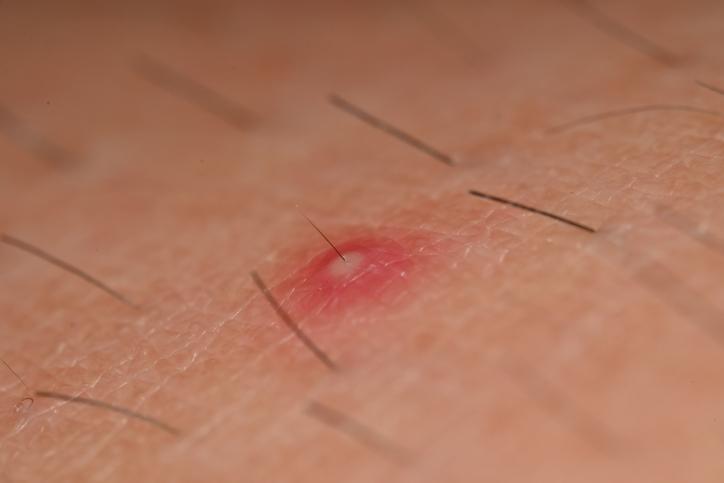
Die besten Methoden, Kopfläuse loszuwerden
Peer reviewed by Dr Sarah Jarvis MBE, FRCGPAuthored by Danny ChadburnOriginally published 27 Sept 2017
- HerunterladenHerunterladen
- Teilen Sie
Teilen Sie
Sie sind schwer zu erkennen und werden immer schwieriger zu behandeln; fast 50 % der Kinder im Vereinigten Königreich hatten in den letzten fünf Jahren Kopfläuse. Aber verzweifeln Sie nicht - der Kampf mag schwieriger werden, aber Sie können den Krieg gegen Kopfläuse immer noch gewinnen.
In diesem Artikel:
We asked expert Ian Burgess, president of the International Society of Phthirapterists (people who study lice) to give us the low-down on all the lotions, potions, and treatments on offer, including traditional remedies.
Lesen Sie unten weiter
Wet combing
It’s time consuming, deadly dull and your children definitely won’t thank you for it, but regular combing of wet or damp hair – using your usual conditioner and a specially designed comb – is effective, providing you’re thorough.
‘Don’t give up after 10 minutes,’ says Burgess. ‘You need to keep going for around 30 minutes, a few times a week. Keep it up until you haven’t found any lice on three consecutive combings.’
Make sure you buy the right nit comb. ‘Some are too flimsy or have teeth so far apart you can almost get lice in sideways, and anything with oval teeth won’t work. Plastic ones with flat, parallel teeth no more than 0.3 mm apart are best,’ says Burgess. You can buy kits containing multiple combs for less than £10.
Patientenpicks für Haar- und Kopfhautprobleme

Gesundheit von Haut, Nägeln und Haaren
How often should you wash your hair?
While you likely have a hair care routine that works for you and your lifestyle, can you be sure you are washing your hair at the correct times and using the best products for your hair type? Let's explore how frequently you should be washing your hair (it's probably less often than you think) and the simple methods you can use to discover what type of hair you have.
von Emily Jane Bashforth

Gesundheit von Haut, Nägeln und Haaren
Follikulitis
Follikulitis bedeutet eine Entzündung der Haarfollikel in der Haut. Der größte Teil der Haut ist mit winzigen Haaren bedeckt, die aus den Haarfollikeln wachsen. Bei einer Follikulitis sind viele Haarfollikel in einem Bereich der Haut betroffen.
von Dr. Philippa Vincent, MRCGP
Chemical lotions
Traditional insecticide lotions, which work by poisoning the lice, were once the go-to treatment, ‘but head lice are extraordinarily adaptable and have become resistant to them,’ says Burgess.
However, the new breed of lotions, creams and sprays contain an oily substance called dimeticone that covers the lice and suffocates them. These have been shown to work well in clinical trials and are available in supermarkets and chemists.
Even if they claim to be a ‘once only’ treatment, it’s always best to follow up with at least one more application a week later. This is because the eggs, or nits, take a week to 10 days to hatch, so you may have missed them the first time round. Try lotions by Hedrin® and Full Marks®, which have been clinically tested.
Did you know?
Head lice don’t prefer clean hair or long hair. Any hair will do – although long hair might be easier for them to get to.
Lesen Sie unten weiter
High-tech solutions
A growing industry is providing high-tech solutions to head lice, but at a cost. Treatments include vacuuming the lice – basically sucking live lice from the scalp – or dehydrating them with heat. Both claim up to a 99% success rate, but so far they’re only available in private clinics. Prices start around £40 per visit and you’ll still need to follow up with lotions and combing.
Teebaumöl
Tea tree essential oil is a natural insecticide. Theoretically, it can poison head lice, providing you use the correct amount. ‘To kill lice, a treatment needs to contain around 11% tea tree oil,’ says Burgess. ‘Most shampoos and conditioners only contain around 1%, so they aren’t strong enough.’
Be careful if you do use an 11% treatment – the tea tree oil is so strong at this concentration it could cause injuries such as blistering of the skin. Follow any instructions for use very carefully.
Lesen Sie unten weiter
Hausmittel
Mayonnaise, hairspray, vinegar, olive oil, coconut oil, garlic, even dog shampoo, have all been used to fight head lice! Some parents may swear by them but the evidence that they work is minimal or non-existent.
Can head lice be prevented?
Sadly not, unless you keep your child in total isolation – almost 10% of children in the UK have head lice at any one time. A study presented at the British Association of Dermatologists conference in 2017 also revealed that children who use smartphones are twice as likely to get head lice, as they stand together to look at the screens.
However, if you’re vigilant you can catch them early before they’ve tripled in number. ‘Checking your child’s scalp once a week is probably the best way to avoid an infestation,’ says Burgess. For more advice go towww.onceaweektakeapeek.com.
Artikel Geschichte
Die Informationen auf dieser Seite wurden von qualifizierten Klinikern geprüft.
27 Sept 2017 | Originally published
Verfasst von:
Danny Chadburn
Peer-Review durch
Dr. Sarah Jarvis MBE, FRCGP

Fragen, teilen, verbinden.
Stöbern Sie in Diskussionen, stellen Sie Fragen, und tauschen Sie Erfahrungen zu Hunderten von Gesundheitsthemen aus.

Fühlen Sie sich unwohl?
Beurteilen Sie Ihre Symptome online und kostenlos